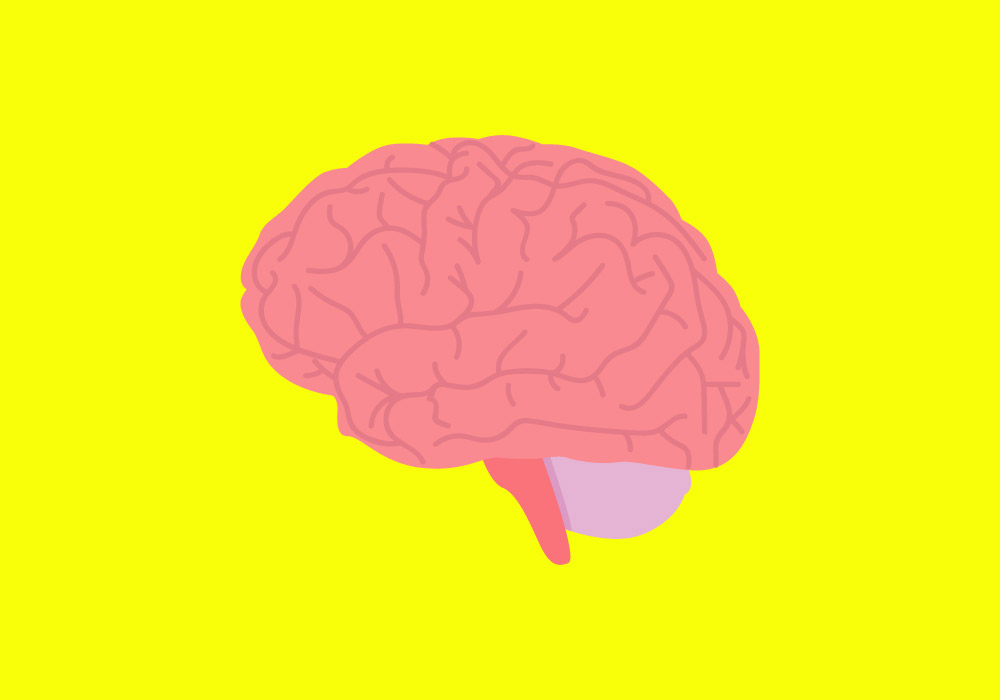
The third try wasn’t the charm for Eli Lilly’s Alzheimer’s drug solanezumab. In EXPEDITION3, the third test of the drug since it was developed in 2006, the compound failed once again to show significant benefit for people with mild forms of the disease.
“The outcome was not what we hoped for, and that is disappointing for the millions of people waiting for a potential disease-modifying treatment for Alzheimer’s disease,” Dr. Eric Siemers, medical director of the Alzheimer’s Disease Team at Lilly said during a teleconference. The company will not continue to pursue approval of the drug for treatment of mild Alzheimer’s.
Solanezumab is among the first of a new group of treatments that are designed to address the brain disorder at its root cause, rather than just relieve symptoms. Had it been successful, it would have been the first so-called disease-modifying treatment, or therapy that slowed progression of Alzheimer’s. The compound sticks to the free-floating forms of the protein amyloid, which build up into damaging plaques in the brain. Lilly scientists had hoped that their agent, an amyloid antibody, would soak up enough of the circulating amyloid so that there weren’t enough fragments around to aggregate into the toxic plaques. “By increasing the rate of clearance of amyloid with solanezumab, we are making the brain younger in a sense,” Siemers told TIME earlier while describing the compound.
In the study, 2,100 people with mild dementia and evidence of amyloid in the brain confirmed by PET scans were randomly assigned to solanezumab or placebo. After 18 months, there was no significant difference between them on measures of cognitive decline.
“It’s clearly disappointing for all of us [in the Alzheimer’s field],” says Dr. Dennis Selkoe, co-director of the center for neurology at Brigham and Women’s Hospital. Selkoe was not involved in the study but has patients who are enrolled in it.
The company came under fire over the summer when it changed the endpoint of the trial. Originally, Lilly was going to determine the success of solanezumab by looking at two measures: how it affected thinking skills such as memory and reasoning, and whether it changed a person’s ability to function independently and perform daily activities such as dressing, bathing and feeding. But just before the final data on the last patient was collected in October, Lilly changed the outcomes so that the drug’s success would rest solely on the cognitive changes, with the functional ones as a secondary measure of success. Critics pointed out that functional changes tend to be more challenging to show and that the company made the change to maximize the chances of a positive outcome.
The company maintains that the shift simply reflected better understanding of how Alzheimer’s affects the brain; cognitive declines happen before functional ones, so detecting the latter would take a longer, more expensive study than an 18-month trial.
EXPEDITION3 was Lilly’s third chance to show that solanezumab was worth approving. In the previous two studies, people with either mild or moderate Alzheimer’s participated and the results were similarly negative. As knowledge about the disease improved, researchers learned that amyloid starts to build up years, perhaps even decades, before the first symptoms of memory and cognitive problems start. In response, Lilly launched EXPEDITION3, limiting the participants to people with mild forms of the disease. The company also took advantage of better imaging techniques that could document the presence of amyloid in the brain; in the previous two studies, anywhere from 20% to 30% of the volunteers did not actually have amyloid. (At the time, doctors were diagnosing people based only on their symptoms and performance on cognitive tests.)
The fact that the trial did not show benefit even among people with mild Alzheimer’s doesn’t necessarily spell the end of anti-amyloid approaches. It could simply mean that the drug treatment wasn’t started early enough in the disease to make a difference. Other anti-amyloid compounds, including one developed by Biogen, for example, have recently shown encouraging results in reducing amyloid plaques as well as improving cognitive skills. That agent, aducanumab, is designed to bind preferentially to the early clumps of amyloid as they form plaques, and therefore may be more useful in mild or moderate patients who are already showing signs of memory loss and other cognitive problems. “I don’t think we will abandon attempts to slow down Alzheimer’s with amyloid-lowering,” says Selkoe. “We’ve always known that solanezumab is a weak antibody, which is why it also doesn’t have many side effects. There is a balance between efficacy and safety, and while solanezumab was not that powerful, the idea was that the Food and Drug Administration, in approving the first disease-modifying Alzheimer’s treatment, needs to have a drug that can be used safely, and first do no harm.”
In Lilly’s case, the effectiveness wasn’t enough. But other ways of treating the disease, including targeting the other protein called tau that damages nerve cells, may prove important as well. Ultimately, it’s likely that the most effective treatment won’t be one drug but a combination of them, each of which addresses a different part of the disease process. It may be the end of solanezumab, but not the end of amyloid antibodies. There isn’t a drug to treat Alzheimer’s yet, but there’s hope that one, and possibly more, are coming.
More Must-Reads From TIME
- The 100 Most Influential People of 2024
- Coco Gauff Is Playing for Herself Now
- Scenes From Pro-Palestinian Encampments Across U.S. Universities
- 6 Compliments That Land Every Time
- If You're Dating Right Now , You're Brave: Column
- The AI That Could Heal a Divided Internet
- Fallout Is a Brilliant Model for the Future of Video Game Adaptations
- Want Weekly Recs on What to Watch, Read, and More? Sign Up for Worth Your Time
Contact us at letters@time.com